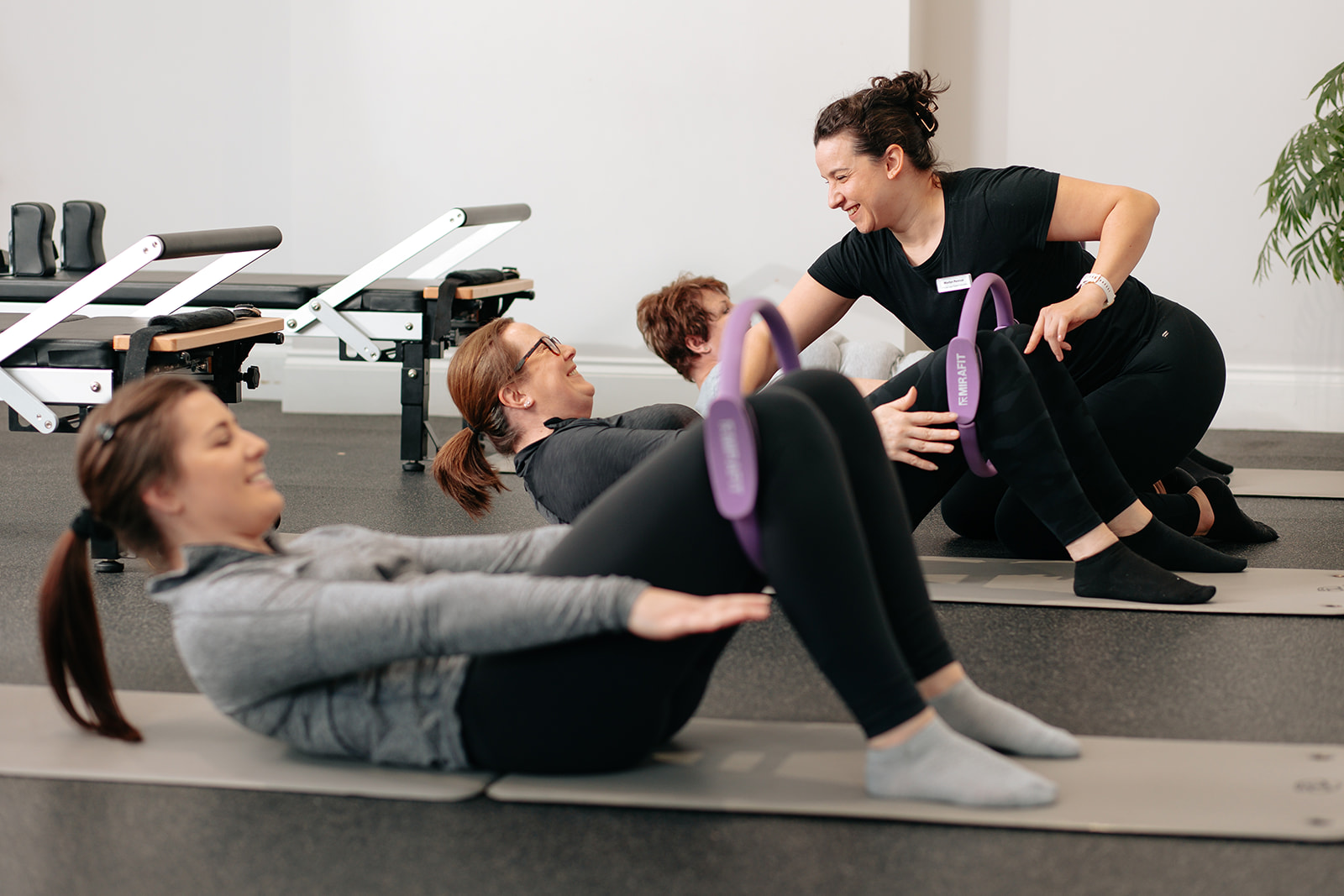Steph Hatt
January 26, 2018
February 10, 2025

When it comes to choosing a fitness routine, Yoga and Pilates are often at the top of the list. While both can aid physical health and wellbeing, there are some key differences between the two that may influence which one is right for you.
Yoga is a traditional practice that dates back centuries, originating in ancient India. Posture, breathing, and meditation are combined to create a sense of balance. The main aim is to improve self-awareness, mindfulness, and spiritual growth.
There are different styles of Yoga, each with its own unique focus and intensity. Some styles are more physically challenging, others more gentle, focused on stress relief.
Some common Yoga practices include:
There are plenty of physical benefits to be gained from Yoga, such as:
Yoga is renowned for its mental health benefits, bringing body and mind into balance. Some key areas include:
Yoga is a great exercise if you are recovering from an injury or preventing future injuries. It helps regain strength in muscles that may have been weakened due to injury surgery. Yoga can also help improve mobility in any joints affected by injury or surgery.
Gentle stretching and breathing can help circulation and reduce inflammation in the body, aiding in the healing process.
Like Yoga, Pilates is a form of low-impact exercise. It was developed by Joseph Pilates in the early 20th century as a form of rehabilitation for injured WW1 soldiers. Today, it’s a popular fitness practice for people of all ages and fitness levels.
Pilates focuses on controlled movements to improve flexibility, strength, and body awareness. Exercises are typically performed on a mat or using equipment such as the Reformer, bands, and stability balls.
Each type of Pilates has its own unique focus and intensity levels. Individuals can tailor their practice to suit their specific needs and goals:
Both Classical and Contemporary Pilates utilise various equipment including:
Reformer Pilates: Involves the use of a machine called a ‘reformer’, which uses springs and pulleys to provide resistance for a full-body workout.
Mat Pilates: Involves performing exercises on a mat without the use of equipment, centring on stamina and endurance. This is an ideal starting point for beginners before integrating other equipment.
Pilates is not just a workout, it’s a revolution in the way we approach fitness and well-being. With its focus on controlled movements and precise alignment, Pilates offers a slew of physical benefits that can transform your body from the inside out.
Just as Pilates transforms the body, it also has a profound impact on the mind. When we engage in Pilates, we are not simply exercising our muscles; we are cultivating a deeper connection between mind and body, unlocking a new level of mental clarity and focus. This includes improvements for:
Pilates is also great for rehabilitation and healing, especially for those recovering from injuries or managing chronic conditions.
The controlled movements can help improve your body without putting unneeded strain on your joints. Those with injuries or conditions, such as lower back pain, neck pain, and arthritis, can benefit greatly. It can also help individuals relearn how to move with ease and lower the risk of further injury.
Both focus on mind-body connection and physical movement. Pilates stands out as a method that emphasises precise movements, controlled breathing, and core strength building.
Where as Yoga may be seen as a more holistic approach to wellness, with meditation and breathing techniques at the core. On the other hand, Pilates has a greater focus on physical fitness and strength, with an emphasis on alignment and muscle engagement.
Both types offer multiple health benefits, but the key differences lie in their approach and target.
Your situation and overall preference also come into play. For example, if you are recovering from a long- term injury, Pilates may be the better option. That said, you may find Yoga more enjoyable due to the mental health benefits it offers.
We recommend trying out both to see which one works best. You may find that you prefer one over the other, or a better fit for your workout programme.
Feel great inside and out with Hatt’s holistic approach to Pilates. Our sessions combine mat work and reformer exercises, with a max of 5 people per class.
Each of our Pilates instructors are dedicated to helping you achieve your fitness goals. With small class sizes, you can enjoy individual support and maximum results. Our members have seen great improvements in their movement, flexibility, and overall well-being. Come and experience the joy of Pilates with us at Hatt Pilates!